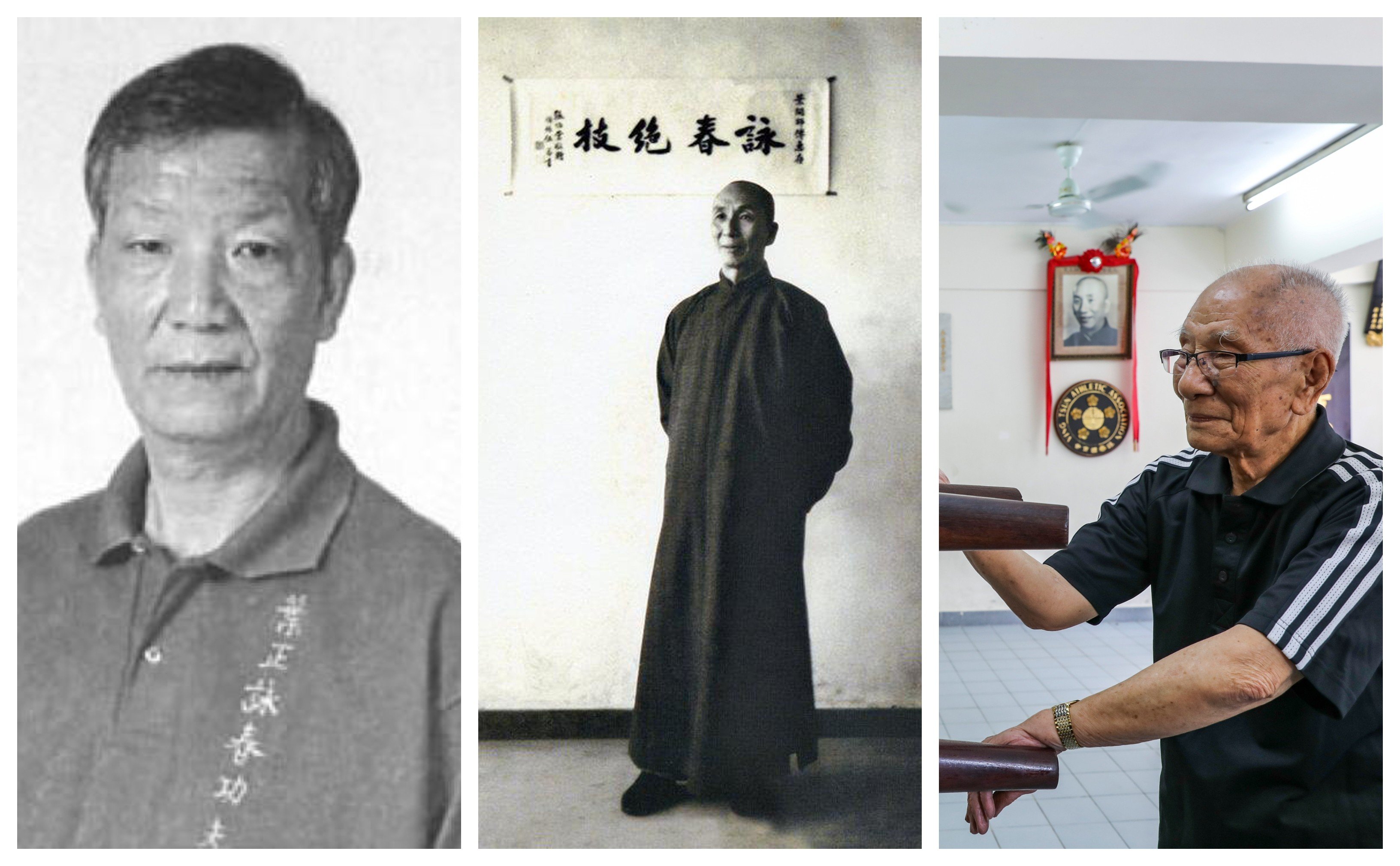


group default: This interface is in the “default” interface group.state UP: The interface is operational and connected.qdisc fq_codel: The scheduler is using a discipline called “Fair Queuing, Controlled Delay.” It’s designed to provide a fair share of the bandwidth to all the traffic flows that use the queue.mtu 1500: The maximum transfer unit this interface supports.The hardware layer of the network (layer one) is also UP. : This interface supports broad- and multicasting, and the interface is UP (operational and connected).The “en” stands for ethernet, “p0” is the bus number of the ethernet card, and “s3” is the slot number. enp0s3: The network interface name as a string.The physical interface is more interesting, as we’ll show below: inet6: The IP version 6 address, scope, valid_lft, and preferred_lft.This should never be larger than the valid_lft value. For an IP version 4 IP address allocated by DHCP, this is the amount of time the IP address can be used with no restrictions. For an IP version 4 IP address allocated by Dynamic Host Configuration Protocol (DHCP), this is the length of time the IP address is considered valid and able to make and accept connection requests. lo: The interface with which this IP address is associated.This IP address is only valid inside the computer (the “host”). Eight bits set to one represents 255 in binary, so the subnet mask is 255.0.0.0. The part of the address after the forward-slash ( /) is Classless Inter-Domain Routing notation (CIDR) representing the subnet mask. It indicates how many leading contiguous bits are set to one in the subnet mask. The value of eight means eight bits. link/loopback: The media access control (MAC) address of the interface.qlen 1000: The maximum length of the transmission queue.The default is to place them all in a group called “default.” group default: Interfaces can be grouped logically.state UNKNOWN: This can be DOWN (the network interface is not operational), UNKNOWN (the network interface is operational but nothing is connected), or UP (the network is operational and there is a connection).The noqueue discipline means “send instantly, don’t queue.” This is the default qdisc discipline for virtual devices, such as the loopback address. There are different queuing techniques called disciplines. It schedules the transmission of packets. qdisc noqueue: A qdisc is a queuing mechanism.This is the size of the largest chunk of data this interface can transmit. The physical networking layer (layer one) is also up. lo: The network interface name as a string.Let’s break down all the information we received: The second is the actual (external) IP address the computer has on the local area network (LAN). The first IP address is the (internal) loopback address used to communicate within the computer. The ip command tries to be helpful and provides a bunch of information about the interface, too. IP addresses are associated with network interface controllers (NICs). We see two IP addresses, along with a lot of other information. The following commands are all equivalent: ip address show ip addr show ip addr ip a You can also omit show and abbreviate address as “addr” or even “a.” The default action is show, which lists the IP addresses. To discover which IP addresses your computer has, you use the ip command with the object address. Obviously, you first have to know the settings you’re dealing with. Route: The rules that manage the routing of traffic sent to addresses via interfaces ( links).Link: Network interfaces, such as wired connections and Wi-Fi adapters.This isn’t ax work-it calls for a set of scalpels. It’s this richness of functionality that gives the ip command the granularity you need to perform what can be delicate tasks. There are, in turn, many options for each of these objects. The ip command has many subcommands, each of which works on a type of object, such as IP addresses and routes. The ip command can do a lot more than this, but we’ll focus on the most common uses in this article. The changes also take immediate effect-you don’t have to reboot. With the ip command, you can adjust the way a Linux computer handles IP addresses, network interfaces controllers (NICs), and routing rules.


 0 kommentar(er)
0 kommentar(er)
